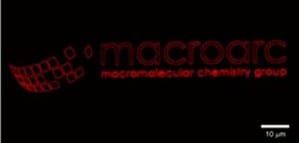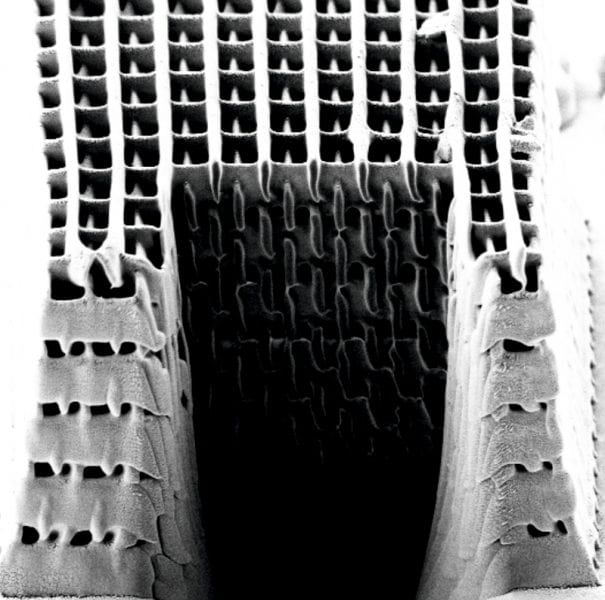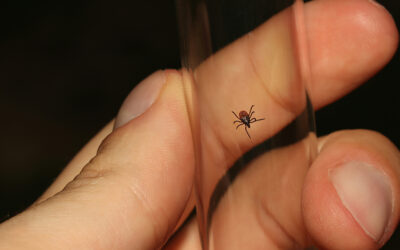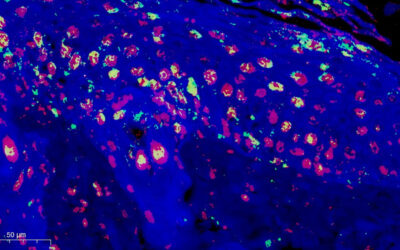 Functional surfaces and 3D microstructure fabrication have both advanced into research topics of great interest for scientists around the world. Precise spatial patterning and the fabrication of highly resolved arbitrary 3D architectures is now possible, enabling their application in a large variety of scientific fields ranging from lab-on-a-chip applications to the fabrication of meta-materials.
Functional surfaces and 3D microstructure fabrication have both advanced into research topics of great interest for scientists around the world. Precise spatial patterning and the fabrication of highly resolved arbitrary 3D architectures is now possible, enabling their application in a large variety of scientific fields ranging from lab-on-a-chip applications to the fabrication of meta-materials.
In a combined effort, the groups of Barner-Kowollik (Preparative Macromolecular Chemistry, Karlsruhe Institute of Technology, Germany) and Wegener (Institut für Angewandte Physik, Karlsruhe Institute of Technology, Germany) have reported the facile preparation of reactive 3D microstructures via direct laser writing and thiol-ene chemistry. In their work, 3D structures are fabricated using 2-photon induced radical thiol-ene polymerization. In a second reaction step the surface of the structure is grafted by employing residual surface attached thiols and different functional maleimides in a thiol-Michael addition reaction. The technique enables the effective surface functionalization of fabricated structures with a large range of reagents and takes functional surfaces into the 3D regime.
The reported strategy may pave the way for a facile design of spatially resolved 3D functionalization of microstructures, enhancing their application for e.g., targeted cell attachment and cell behavior studies. Combining the benefits of both microfabrication and surface functionality, the technique can be furthermore employed by scientists who wish to add 3D structures to their functional surface in order to enhance or fine tune physical properties.

















